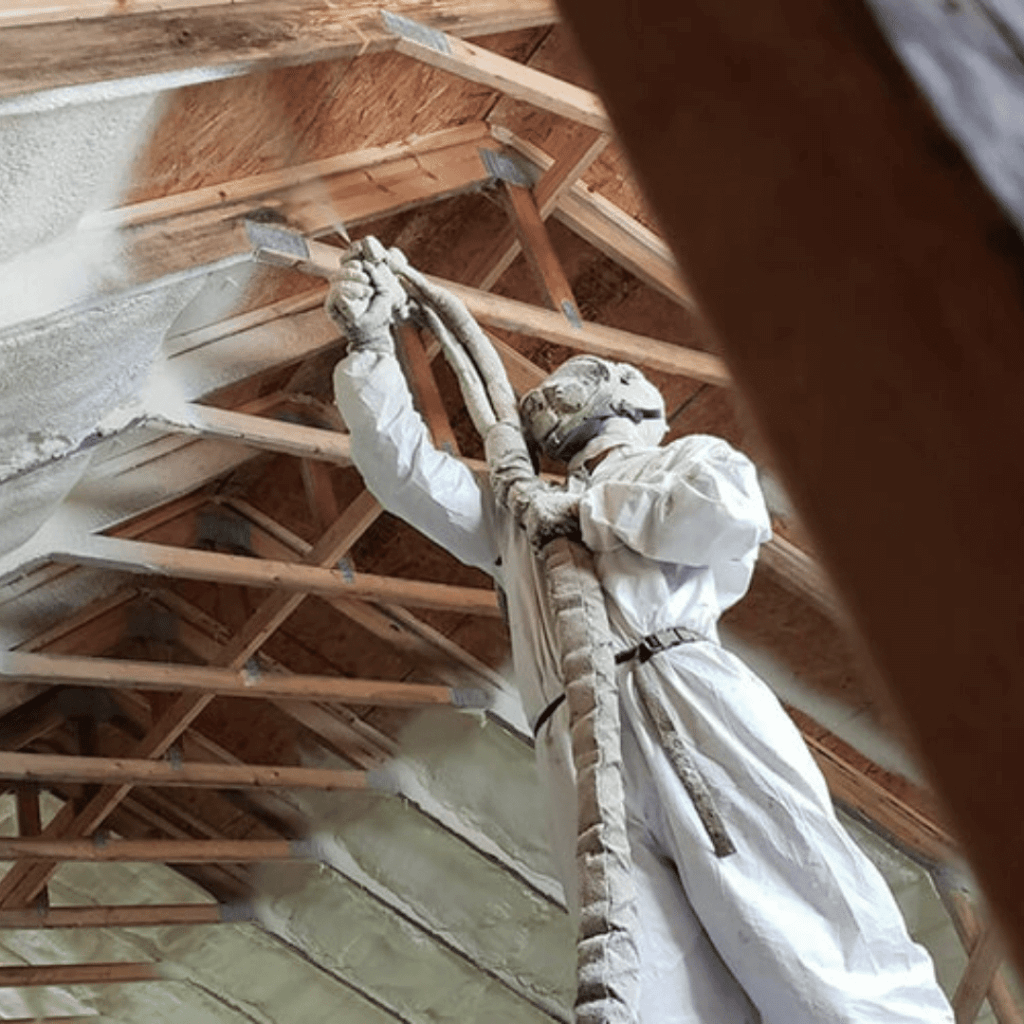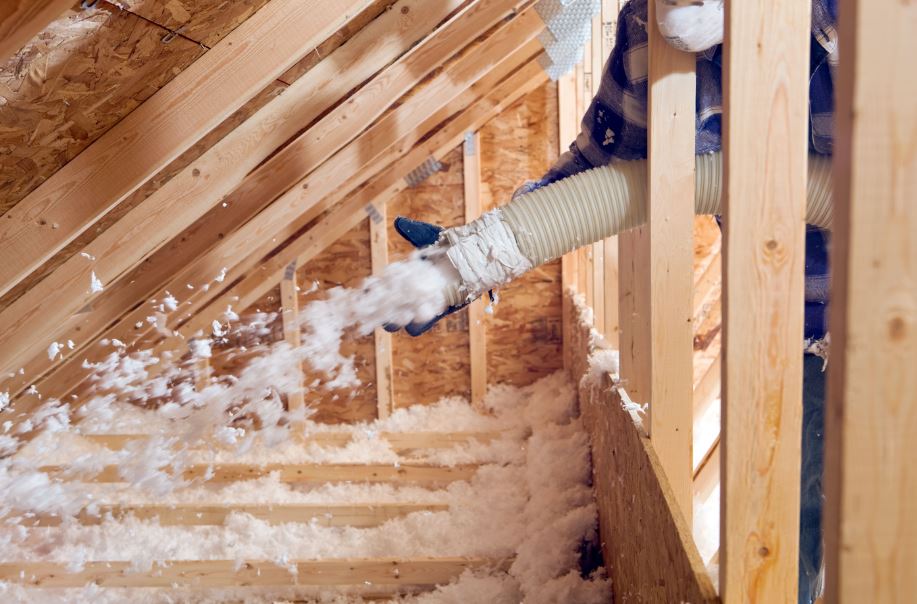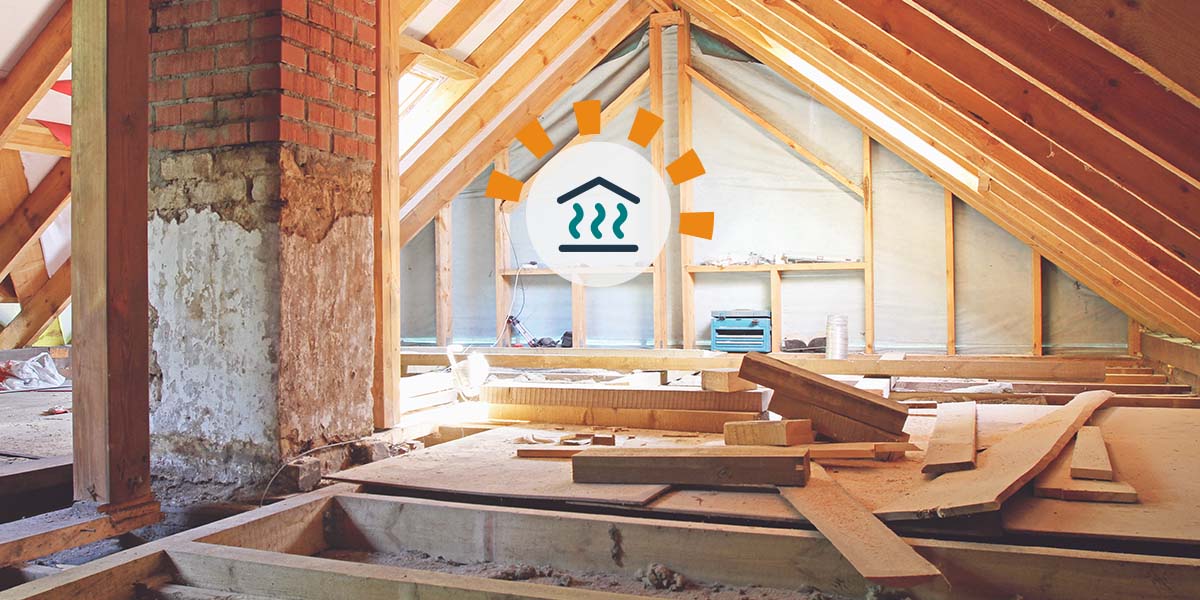Specialist Tips for Enhancing Your Home with Attic Insulation DFW
Specialist Tips for Enhancing Your Home with Attic Insulation DFW
Blog Article
Discover the Various Kinds of Attic Insulation and Their Special Advantages for Your Home's Power Efficiency

Fiberglass Insulation
Fiberglass insulation is among the most typically used materials for attic insulation due to its excellent thermal efficiency and cost-effectiveness. Made up of tiny glass fibers, this product properly traps air, producing a protecting obstacle that aids maintain consistent indoor temperatures. Its high R-value per inch makes it specifically efficient at standing up to heat transfer, which is essential for power preservation in homes.
Installation of fiberglass insulation is fairly straightforward, typically readily available in batts or loose-fill forms, accommodating numerous attic arrangements. Additionally, it is non-combustible and resistant to wetness, decreasing the risk of mold and mildew development. This toughness adds to its durability, making fiberglass a sensible long-term investment for property owners.
Additionally, fiberglass insulation is typically made from recycled materials, which enhances its eco-friendliness. The material can also add to soundproofing, reducing sound transfer between rooms. While it is important to use safety equipment throughout installment to avoid irritation from the fibers, the overall benefits of fiberglass insulation, consisting of power savings and ecological factors to consider, make it a popular option for boosting attic room performance and advertising a comfy living environment.
Spray Foam Insulation
Spray foam insulation is a very effective alternative for attic room insulation, recognized for its exceptional air securing and thermal performance. This ingenious insulation material is made up of a blend of isocyanate and polyol resin, which, when integrated, broadens swiftly to load voids and tooth cavities in the attic room. Its capability to follow different surfaces ensures a continual barrier versus air leaks, significantly lowering heat loss during colder months and warmth gain throughout warmer periods.
Among the vital benefits of spray foam insulation is its high R-value per inch, which means it offers excellent thermal resistance in a relatively slim application. This is specifically advantageous in attics where space is often restricted. In addition, spray foam can help decrease moisture buildup, minimizing the danger of mold and mold development, which can be destructive to both the framework and indoor air quality.
While the initial expense of spray foam insulation may be greater than traditional alternatives, its long-term power savings, paired with boosted convenience and boosted home value, make it a worthwhile financial investment for house owners looking for improved energy effectiveness. Attic Insulation DFW. Generally, spray foam insulation sticks out as a reliable option for optimizing attic room insulation
Cellulose Insulation

Cellulose insulation is a preferred choice for attic insulation, primarily composed of recycled paper items treated with fire retardants. This ecologically friendly alternative is known for its exceptional thermal efficiency, effectively decreasing heat transfer in both summer season and winter season. The thick structure of cellulose allows it to fill spaces and gaps in attic room rooms, supplying a seamless obstacle versus air leaks.
Among the navigate to this website substantial advantages of cellulose insulation is its ability to resist mold and mildew and pests, owing to the fire retardant therapies used during production. In addition, it boasts a high R-value per inch, which converts right into superior power find more information performance. Property owners can anticipate lower heating & cooling prices as an outcome of enhanced insulation.
Setup is usually achieved through blowing loose cellulose into the desired location, permitting for a reliable and quick process. This approach likewise minimizes disruption to the existing structure. Cellulose insulation has a relatively low ecological impact, as its production procedure utilizes recycled products, adding to lasting building methods.
Rock Wool Insulation
Amongst the numerous choices for attic insulation, rock wool, also recognized as mineral wool, stands apart because of its excellent thermal and acoustic performance. Made from all-natural or recycled products, rock woollen is created by melting rock and spinning it right into fibers, resulting in a product that uses superb insulation residential properties.
One of the significant advantages of rock wool insulation is its high R-value, which indicates its performance in withstanding warm flow. This particular not only improves power efficiency but likewise adds to maintaining a comfy interior temperature level year-round. In addition, rock wool is naturally fire-resistant, making it a much safer choice for homes as it can endure high temperatures without melting or releasing harmful fumes.
Furthermore, rock wool insulation excels in soundproofing capabilities, successfully lowering sound transmission between rooms and from outside sources. On the whole, rock woollen insulation provides a thorough option for boosting energy performance, security, and convenience in domestic setups.
Glowing Obstacle Insulation
Radiant barrier insulation acts as a reliable remedy for reducing warm transfer in attics, especially in warmer environments. This kind of insulation works by mirroring convected heat far from living spaces, thereby decreasing the check out this site quantity of warmth that goes into a home throughout heat - Attic Insulation DFW. Generally made up of a highly reflective product, such as aluminum foil, glowing obstacles are installed in attic rooms, dealing with the roofing system, where they can intercept inbound heat from the sun
The main benefit of radiant barrier insulation is its ability to reduced air conditioning prices. By showing warmth as opposed to absorbing it, radiant obstacles can assist keep a more secure indoor temperature level, decreasing the work on a/c systems. This efficiency equates into lower energy costs and boosted comfort for home owners.
In addition to power cost savings, glowing obstacles can likewise add to boosted interior air top quality. By lowering warm buildup, they aid lessen moisture levels, which can avoid mold and mildew growth and improve total air flow. When set up properly, glowing barrier insulation can be an important enhancement to any kind of energy-efficient home, making it a deserving consideration for property owners aiming to enhance their attic room insulation strategy.
Verdict
Finally, recognizing the various kinds of attic room insulation-- fiberglass, spray foam, cellulose, rock wool, and radiant barriers-- allows homeowners to make informed choices relating to energy efficiency. Each insulation type provides unique benefits, such as exceptional thermal resistance, dampness monitoring, and sound depletion. By picking the appropriate insulation material, significant reductions in power prices can be attained, along with improvements in indoor convenience. Inevitably, the ideal selection adds to a much more sustainable living environment and promotes general power conservation.

In conclusion, recognizing the various kinds of attic room insulation-- fiberglass, spray foam, cellulose, rock wool, and glowing obstacles-- enables home owners to make educated decisions regarding energy effectiveness.
Report this page